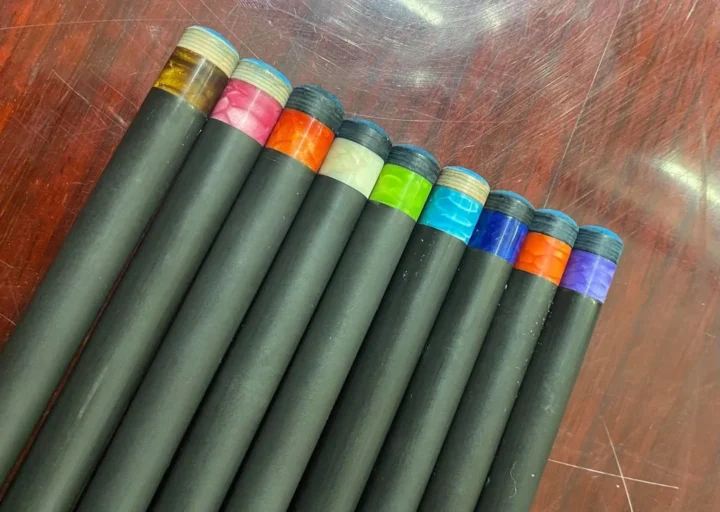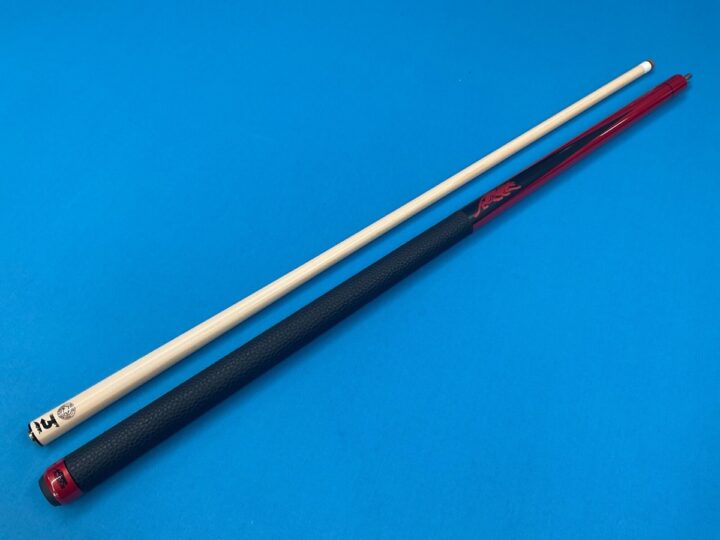If you’ve been around the pool hall for more than a few years, you’ve probably noticed that cue technology isn’t what it used to be. Just like tennis racquets, golf clubs, and even bowling balls, pool cues have gone through serious innovation in the past decade. From materials to design, players now have access to gear that can genuinely elevate their game.
And when it comes to industry leaders, few names carry as much weight as Predator Cues. Known worldwide for precision engineering and groundbreaking design, Predator has set the standard for what a performance cue can be. Billiards Direct is proud to be an authorized Predator dealer, carrying all the newest releases so players can get their hands on cutting-edge equipment without worry.
Here are some of the biggest advancements in cue technology and why they matter for everyday players as well as professionals.
Carbon Fiber Shafts: The Game Changer

The biggest leap forward in cue design has been the introduction of carbon fiber composite shafts. Traditional maple shafts are still popular, but carbon fiber has changed expectations around consistency and durability.
- Consistency: Carbon fiber shafts are engineered to play the same every time, regardless of humidity or temperature. Unlike wood, they don’t warp or swell.
- Low Deflection: Cue ball deflection — or “squirt” — is reduced dramatically, giving players more accuracy on spin shots.
- Durability: No more worrying about dings, warping, or refinishing. A carbon fiber shaft will perform at a high level for years.
Advanced Ferrule and Tip Technology
Small details make a big difference, and cue makers have started rethinking ferrules and tips. Modern ferrules are shorter and lighter, reducing mass near the cue ball and improving accuracy. At the same time, layered tips have become standard, allowing for more controlled grip on the cue ball.
Predator, in particular, has invested heavily in ferrule design, creating shafts with virtually no excess weight in the front end. The result? More control and less effort are required to play precise shots.
Joint and Balance Innovations
The joint of a cue used to be a simple connection point. Now, it’s a finely engineered component that influences balance, feedback, and even how a player feels during a shot. Radial pin joints and Uni-Lok systems have made cues stronger and easier to assemble while offering a solid, uniform hit.
Balance has also been rethought. Cues are now designed to distribute weight evenly, giving players more fluid strokes and eliminating that “top-heavy” feel that can throw off mechanics. Adjustable weight systems allow for personalization, something that was rare a decade ago.
Aesthetic Meets Engineering

While technology often hides beneath the surface, cue makers have also pushed the boundaries of design. Exotic woods, intricate inlays, and bold finishes remain popular, but now these are paired with performance engineering. A cue can look like a work of art while still performing like a finely tuned instrument.
Predator’s SP2 and P3 lines are great examples — modern, striking cues that don’t sacrifice playability. For players who want both style and substance, it’s no longer a choice between the two.
Why These Advancements Matter to Everyday Players
It’s easy to assume that only professionals need cutting-edge technology, but the truth is, average league and recreational players benefit just as much — if not more. A shaft that reduces deflection helps anyone land more shots. A cue that stays straight in humid San Diego summers or damp winter basements gives consistency year-round.
When your equipment works with you, not against you, your learning curve flattens, and you spend less time fighting bad rolls or unexpected misses. So if you want to see one of these amazing cues, make sure and look online at www.billiardsdirect.com – an authorized Predator dealer.

